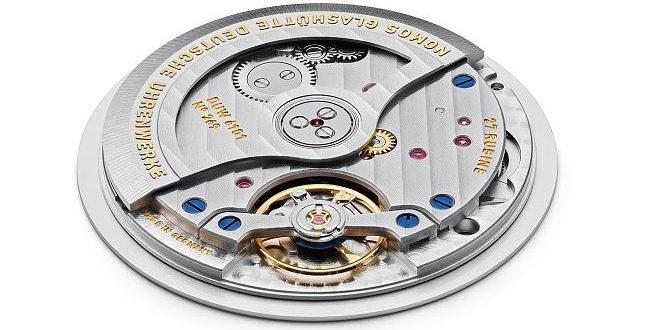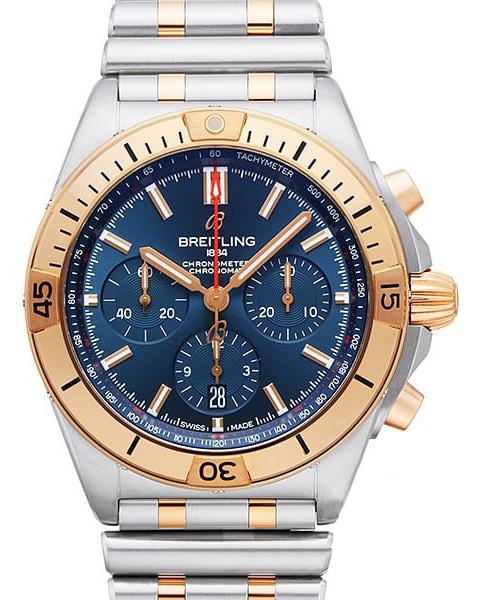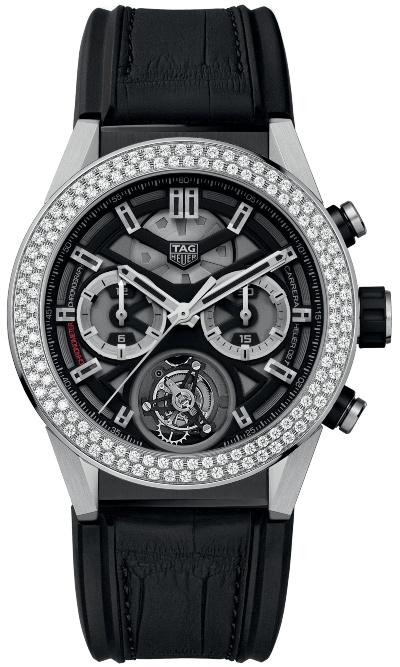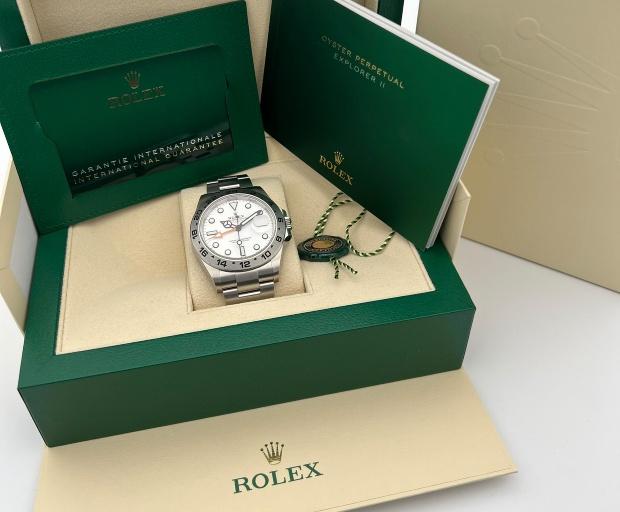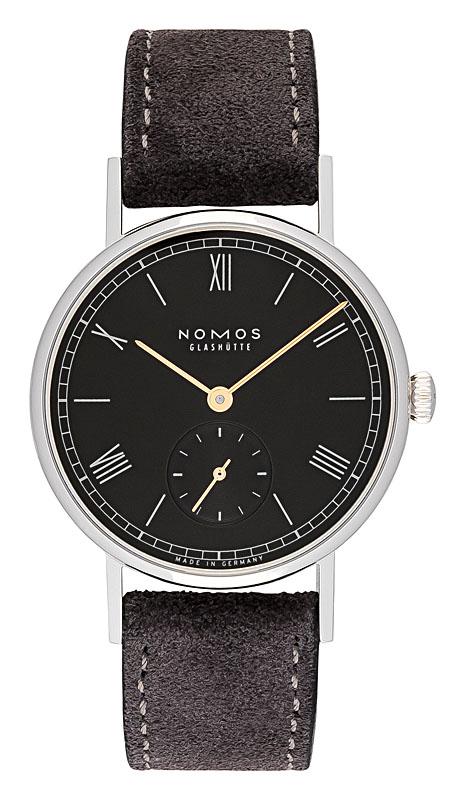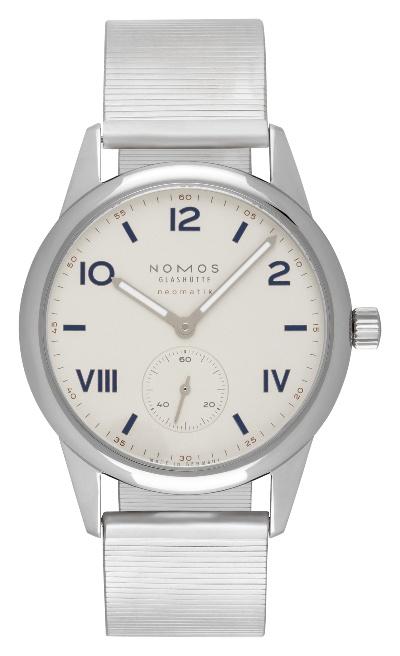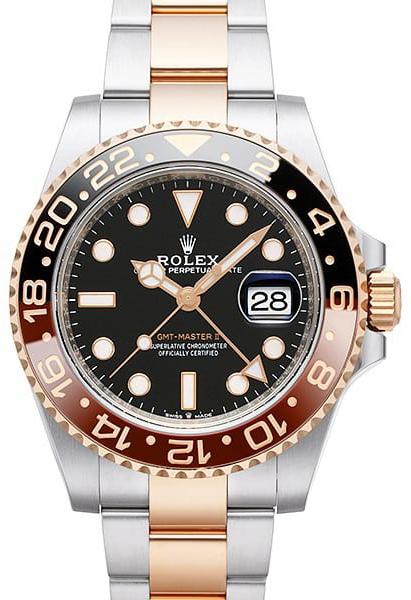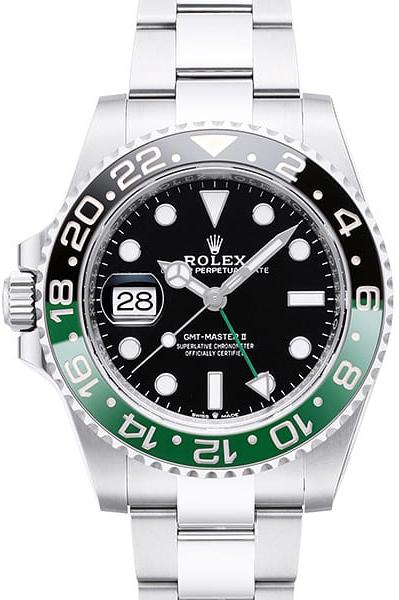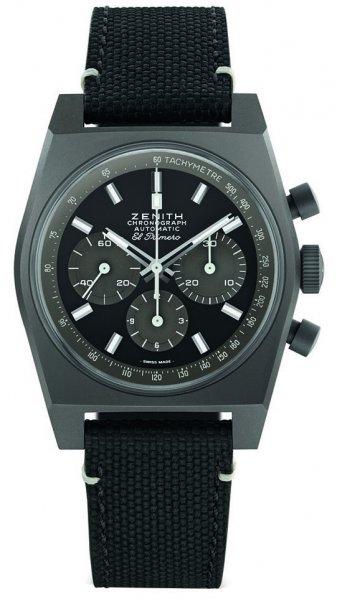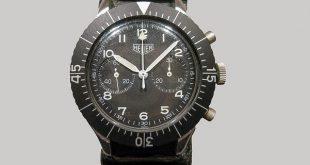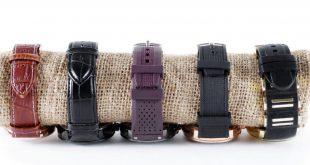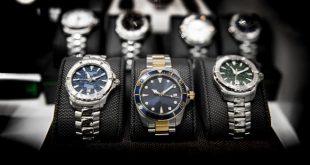« Own production or external use in the watch industry »
Make it yourself or have it made? Almost every technical discussion on the subject of mechanical watches ends in a discussion about manufacture calibers and bought-in movements. But what factors influence the make-or-buy decision of manufacturers? Is in-house manufacture superior in every case? We contrast the merits of both alternatives and explain which manufacture and standard movements are the most influential models in the industry.
What does the make-or-buy decision say?
The movement is literally at the heart of every mechanical timepiece and poses a key question for its brand: should the drive be developed and produced in-house in painstaking work (“make”) or bought in from a specialized movement manufacturer like ETA (“buy”)? What is primarily an emotional question for the enthusiast is of enormous economic significance for watch manufacturers and by no means a binary decision. Rarely is a complete purchase or a one hundred percent caliber production “in-house” given; rather, sub-processes such as the finishing or the assembly of the movement are taken over in-house. The point at which a caliber may bear the coveted name “manufacture movement” is not defined by law and is thus left to the individual ideas of each watch brand.
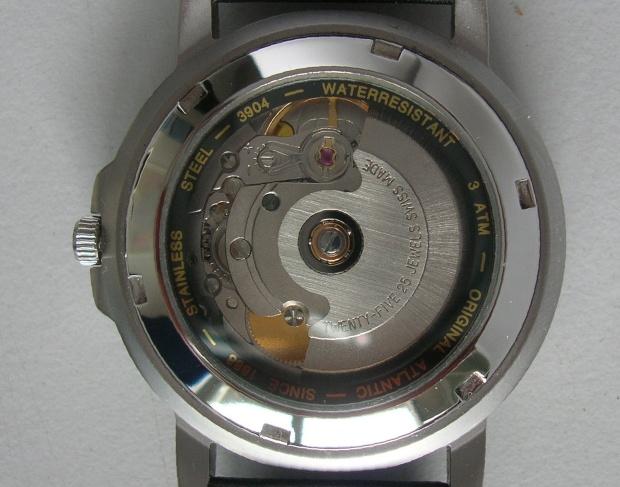
Prestige at a high price: Manufacture status is coveted
The general opinion is that genuine manufacture movements should originate from independent development and pass through the majority of their value chain in the house of the respective manufacturer. Contrary to the meaning of the word, manual labor need not be a given, as numerous mass-produced manufacture movements from the Breitling B01 to the Heuer 02 prove.
But even without manual intervention, in-house production involves enormous costs: If a watch brand designs a new movement, hundreds of components have to be developed over months to years, machine manufacturing processes have to be adapted, and tests have to be run until it is ready for series production. The process consumes millions, involves financial risks and requires strategic foresight. It would be cheaper, faster and safer to reach for the tried and tested shelves of raw material producers. But the enormous prestige of a “manufactory,” as manufacturers with self-developed movements are reverently dubbed in the trade, is reason enough for the rocky road to one’s own caliber.
” Made in-house” is always more attractive
No matter how reliable and solid a Sellita movement may work, for most watch lovers the appeal of the manufacture movement is irreplaceable. It proves the brand’s technical expertise, delivers a magical sense of completeness, and greatly increases willingness to pay. There is a tendency for mechanical watches with manufacture movements to be more expensive than their standard-issue counterparts. It has long since ceased to be a simple make-or-buy decision when it comes to watch movements: the long-term brand value and the question of whether to play in the first or second league are directly affected.
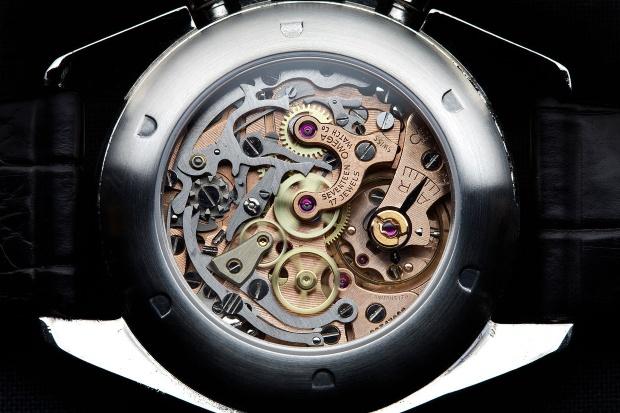
ETA, Valjoux and Co.: The advantages of standard movements
If you rely on sober arguments instead of prestige-driven competition, purchased standard calibers from the major movement manufacturers offer clear advantages over manufacture movements, and not only from a financial perspective. Used almost exclusively in the price category up to 1,000 euros and frequently up to 5,000 euros, they score points with decades of technical maturity, resulting in high reliability and precision. In addition, standard movements can be easily and inexpensively serviced by almost any watchmaker, while manufacture movements require overhaul by the manufacturer at the manufacturer’s (typically higher) conditions.
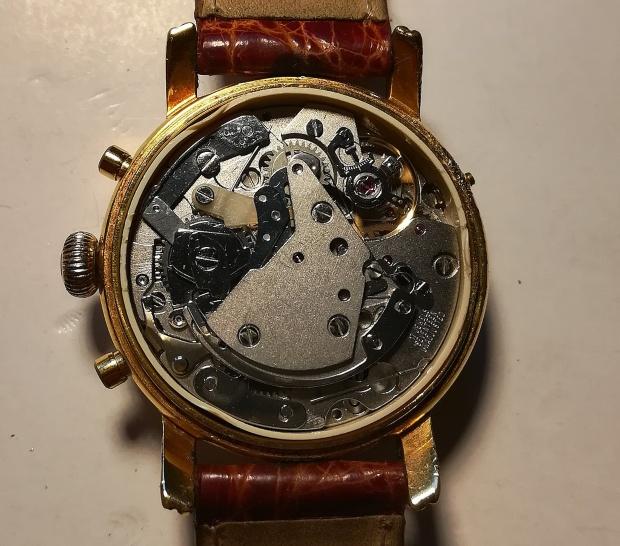
The largest producer of raw movements is the Swiss ETA SA: part of the Swatch Group, the company, founded in 1793, employs more than 8,000 people and is the first address of “buy” in the make-or-buy decision for dozens of prominent brands. The most prominent movements are:
- Caliber 2824-2: Affectionately known as the “tank,” the basic movement is considered particularly reliable and is extremely widespread in the watch industry. Ticking at four hertz, it provides virtually indestructible power to dozens of brands from Hamilton to Tudor.
- Caliber 7750: the world’s most famous chronograph movement. Tag Heuer, Omega, IWC: many prominent brands use the 7750 as the basis for their own developments. As 7751 with calendar and moon phase.
- Caliber 2892-A2: Popular basis for technical high developments like Omega’s first Co-Axial caliber from 1999. Often extended by manufacturers’ in-house chronograph modules, like Tudor.
Manufacturers choose between four quality levels (Standard, Elaboré, Top and Chronomètre) for ETA calibers, depending on the budget, and often give them their own names. When buying a watch, always question the basic movement to gain clarity about its origin. Manufacture movements are usually prominently advertised.
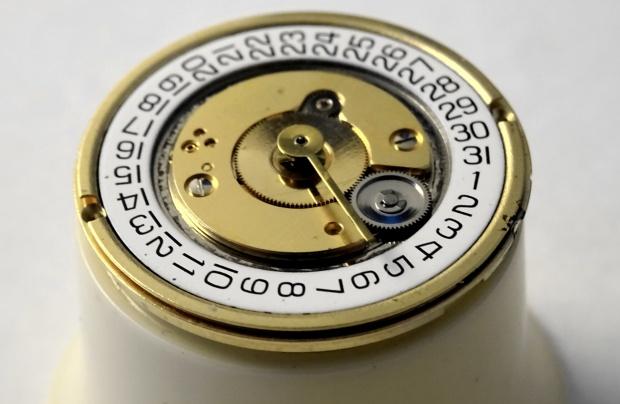
From “single formwork” to manufacture
Many brands, from which one would expect exclusively manufacture movements due to their prestige and price ranges, purchased their calibers for decades. Rolex once used Zenith movements in its Daytona, Patek Philippe and Vacheron Constantin sourced their drives from Jaeger-LeCoultre, and Omega equipped its Speedmaster with Lemania calibers. Solving the make-or-buy decision in the most economical way possible used to be the standard even in the luxury class and was not viewed negatively; it is only in the last 20 years that the importance of the manufacture caliber has increased enormously. Rolex, for example, nowadays exclusively uses manufacture movements with a vertical range of manufacture close to the magic 100 percent.
NOMOS Glashütte provides a prime example of the development from a modest “one-pusher,” as watch brands with purely bought-in movements are often called with a certain condescension, to a serious manufacturer. Founded fresh after the fall of communism in 1990, the company resorted to ETA’s Peseux 7001 movement until the introduction of its in-house Alpha caliber in 2005, and even the Alpha still bears high similarities to the 7001. The big breakthrough came in 2014 with the “Swing” system, a completely independently developed regulating organ. Calibers like the DUW 3001 since then bear witness to an engineering art that few other watch brands can boast.
Best manufacture caliber of all time? Rolex, Omega, Zenith and Co.
More prominent is the Rolex 3135, often referred to by aficionados as the “best automatic movement of all time.” Introduced in 1988, it has been fitted in more Rolex watches than any other movement, from the simple Datejust to the water-resistant Submariner, and has provided reliable service for decades. While 48 hours of power reserve is not a sensation, the movement’s robustness against disturbances – from magnetism to shocks – is legendary. The fact that the Geneva-based luxury brand has chosen a clear side in the make-or-buy decision is also demonstrated by the caliber’s derivatives: for example, the Rolex caliber 3186 was used in the GMT-Master II from 2005 and was only replaced by the 3285 in 2018.
When it comes to chronograph movements, one name is infamous in the watch world in a positive way: the Zenith El Primero. First presented in 1969, it continues to thrill its fans to this day with its high frequency of five hertz. Omega’s modern movements also play in the top league: models such as the Master Chronometer caliber 9900 impress with their extreme magnetic resistance, possess the highly competitive METAS certificate, and are considered to be highly reliable.
 Uhrinstinkt Magazine
Uhrinstinkt Magazine
